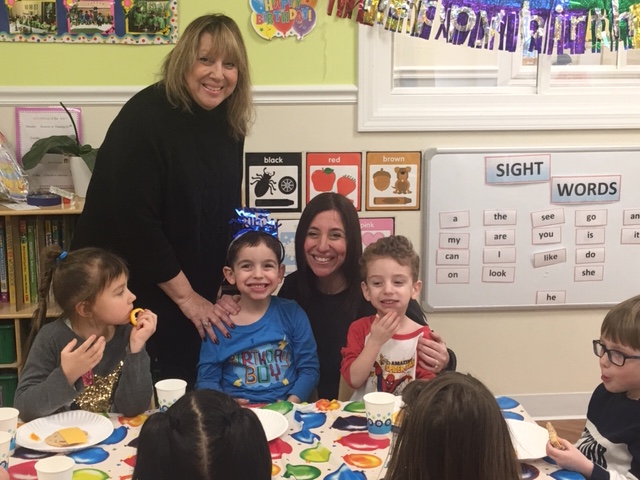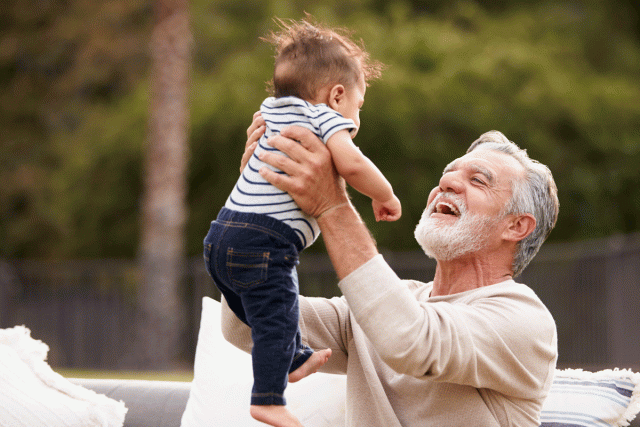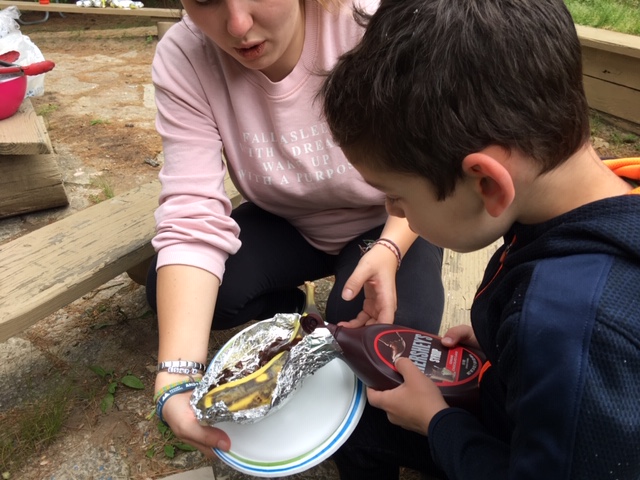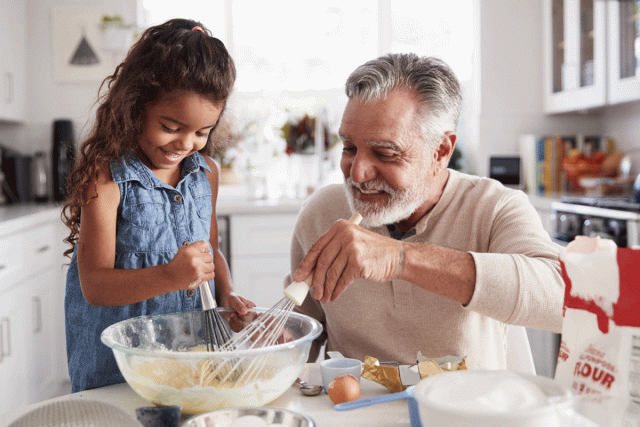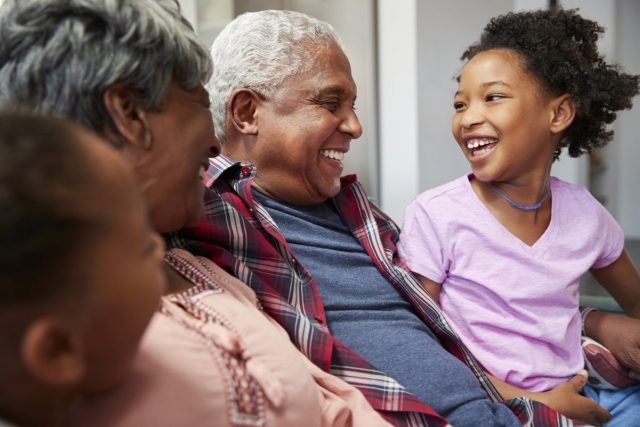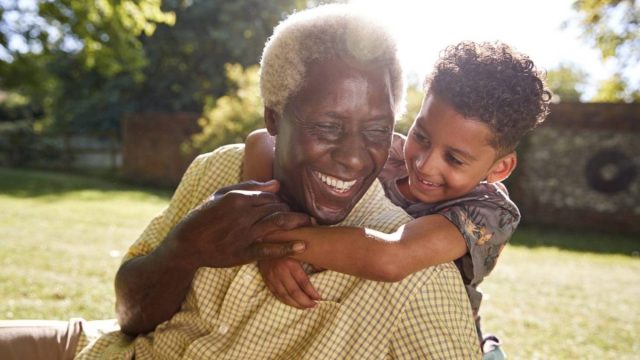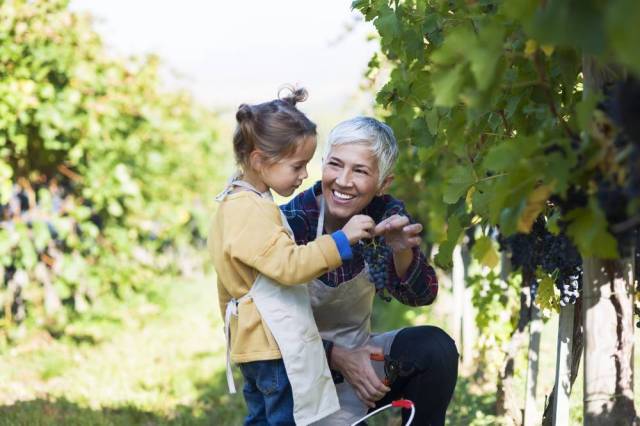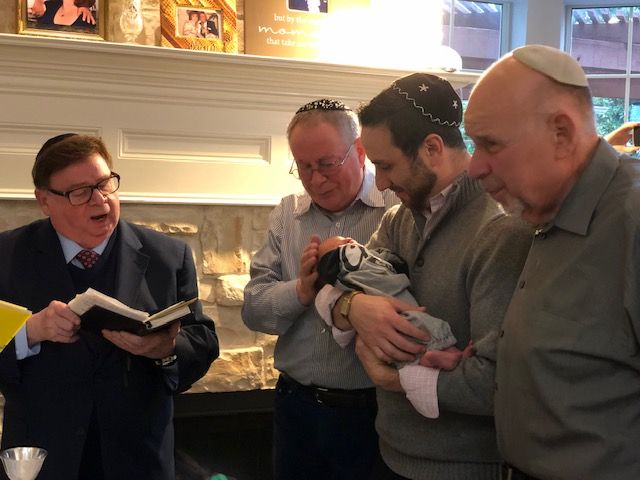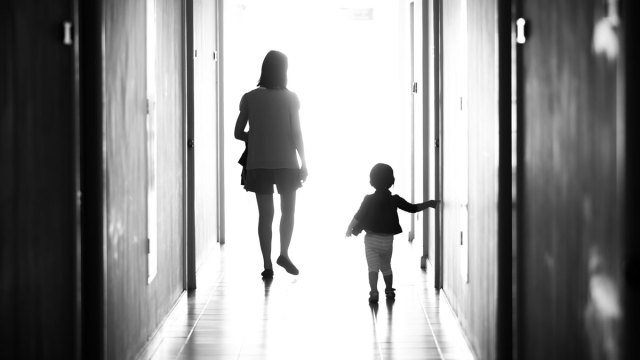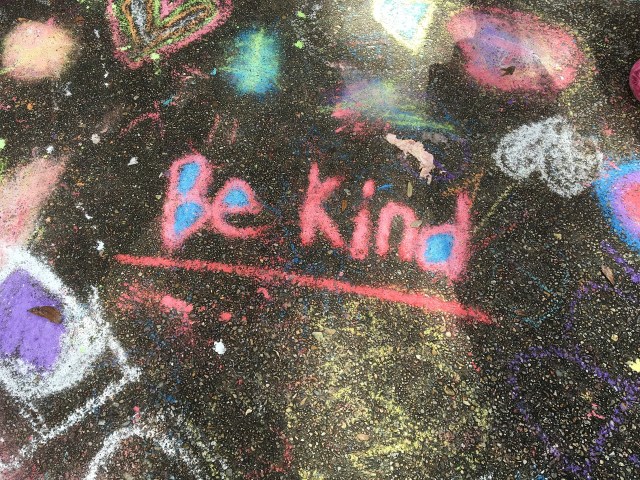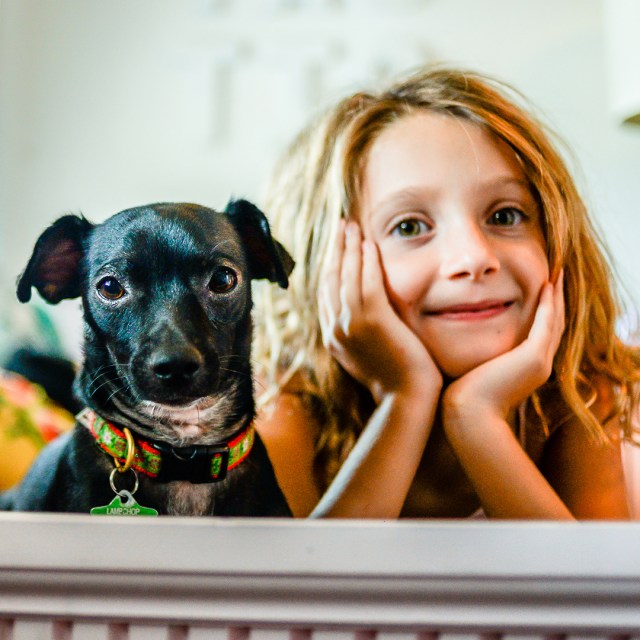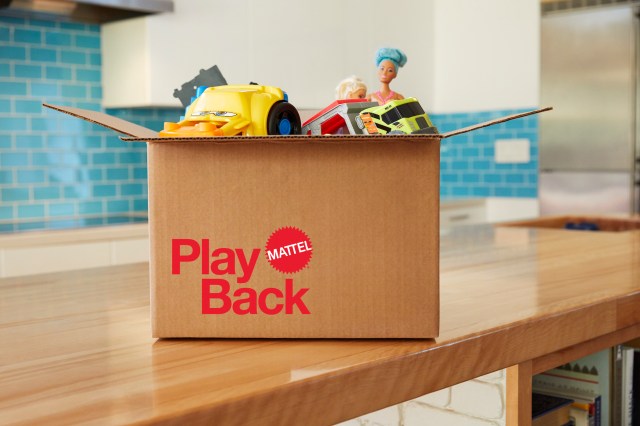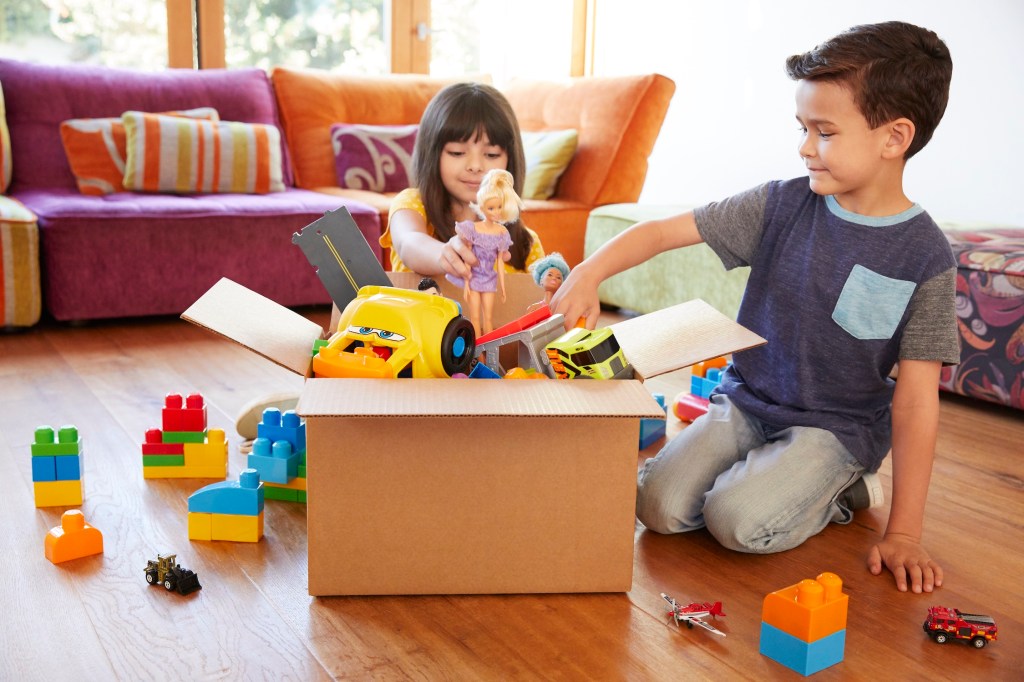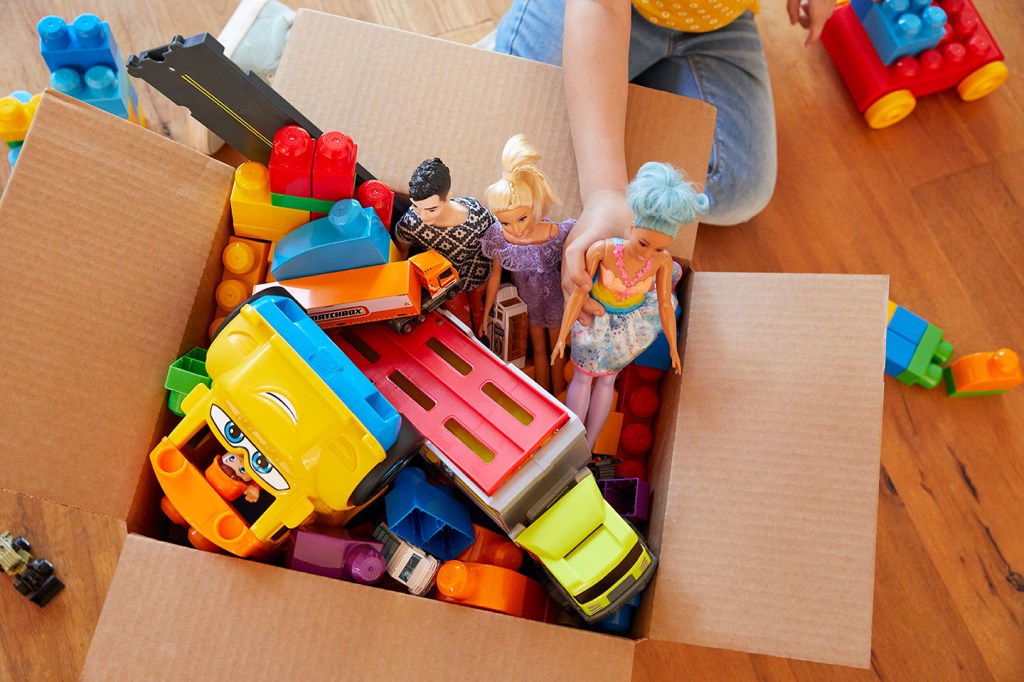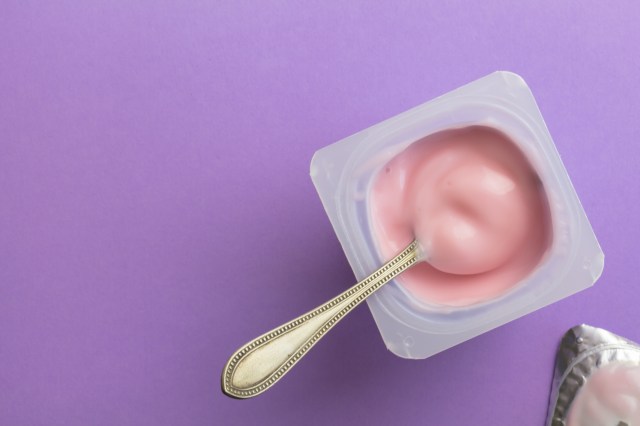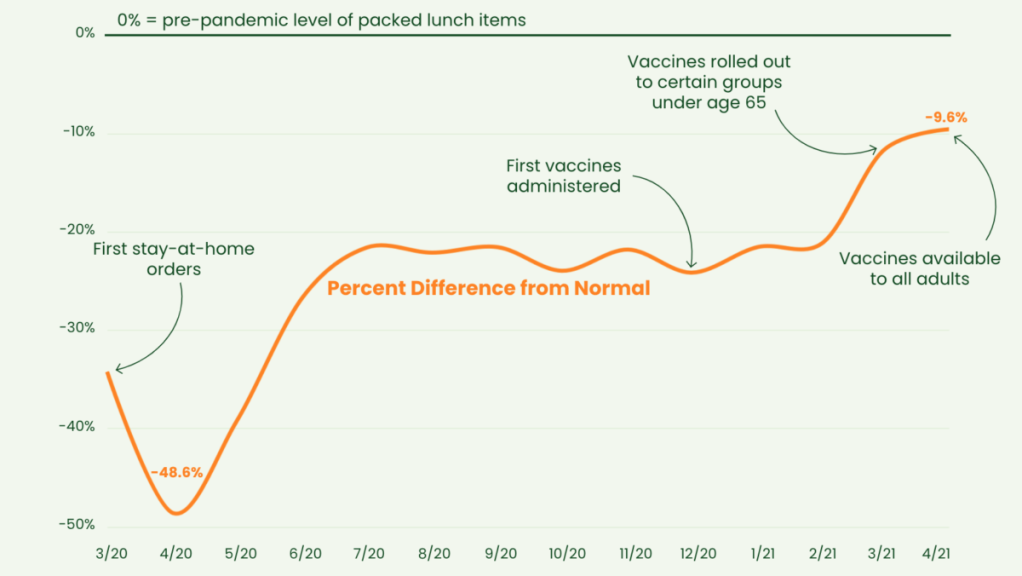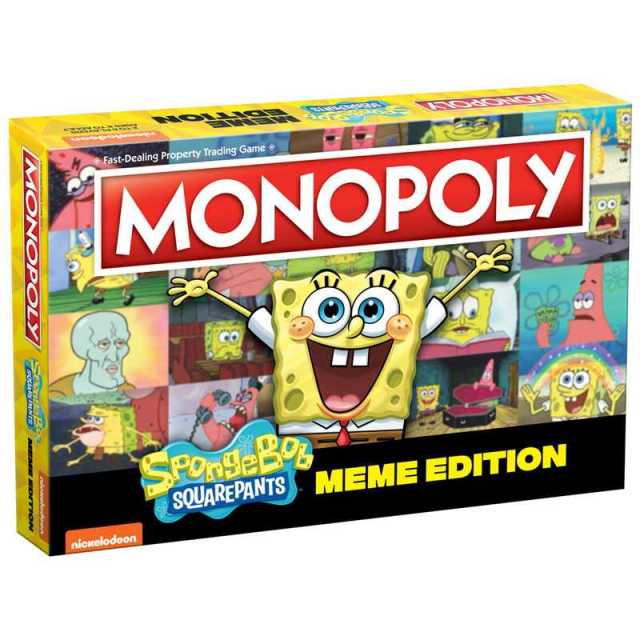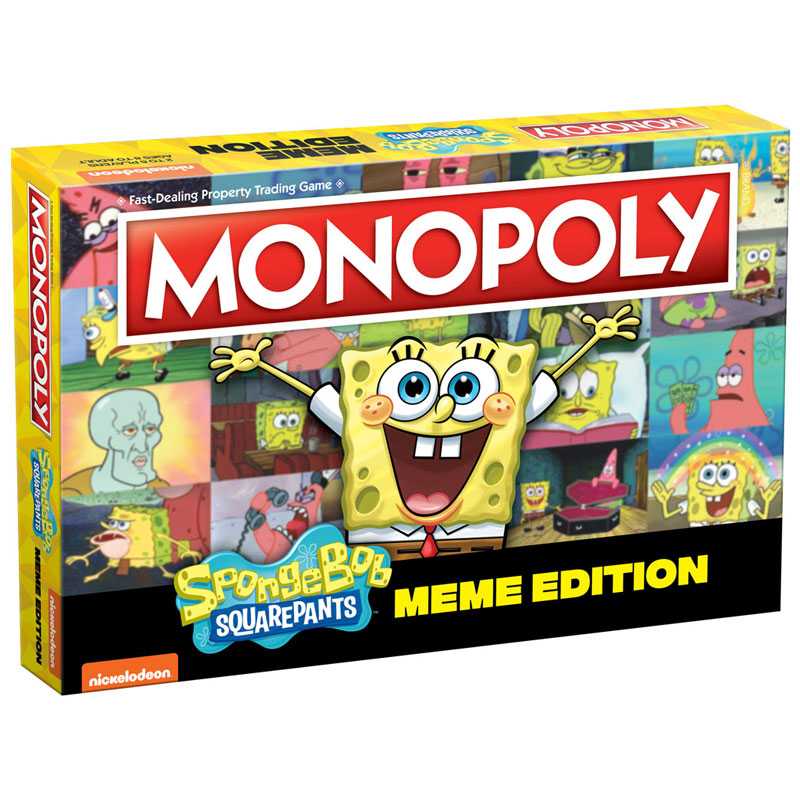It happened just today. I woke up fine. It was a beautiful day and I was ready to conquer it!
Breakfast. Check. Water flowers. Check. Get out deck furniture. Check. Laundry washed. Check. Check. Check. Make lunch. Check. Shower and get ready. Check. Read a self-help book. Check. And then the paralysis snuck in.
Somewhere between being exhausted and overwhelmed with all I “should” be doing was me—pinned between the two emotions so suddenly I couldn’t move. I was angry. Frustrated. And as time passed, the shame settled in.
The kids were watching a movie on a beautiful summer day. Bad Mom.
I have a million things that need to be organized and cleaned. Lazy.
I could be reading or writing or learning something. Weak. Apply something you’ve learned! I kept shouting in my head. But I wasn’t sure what I had learned. Have I learned anything to help me deal with this? What is this? Anxiety? The depression? Did I let the bad thoughts in? I was supposed to control those. Should I call someone? How could I bother anyone? Who would I call? Everyone is working. Everyone is busy. And I’m not. I’m lying here—pinned.
I’m doing nothing. Lazy. Weak. Bad. And here I am. Beginning. All. Over. Again. I was reminded of how fragile I am. It was OK to be fragile a couple of months ago when I finally started seeing a therapist after episodes that included suicidal thoughts and self-harm. I was fighting for my life then; I was fighting for my family. I had to be gentle with myself. Forgiving.
It was OK that I didn’t cook dinner, that I did nothing but breathe all day long. It was OK to take a nap and let the kids watch too much TV. It was OK that we ate Hot Pockets too often and spent money we didn’t have on fast food. It was OK that the house was a constant mess. It was OK.
But somehow since then, as I slowly started to clean more, slowly began to make meals instead of heating them up, slowly started to do a little more than just breathe, I fell back into being a perfectionist. I began expecting more of myself. I began thinking I was OK because I was doing more.
But Brene Brown emphasizes that perfectionism isn’t the same thing as striving for excellence. “Perfectionism is not about healthy achievement and growth. Perfectionism is a defensive move. It’s the belief that if we do things perfectly and look perfect, we can minimize or avoid the pain of blame, judgment, and shame,” she says. “Perfectionism is a 20-ton shield that we lug around, thinking it will protect us, when in fact it’s the thing that’s really preventing us from being seen.”
I can’t even express how well this describes me! I don’t want to be weak, lazy or bad, not to mention all the other unkind shaming thoughts that race through my mind. So I use the little strength I have left to lift that giant shield up to cover the fragile me. The shield of having a perfectly clean house. The shield of making breakfast, lunch and dinner all in one day. The shield of having the laundry done and put away. The shield of devouring self-help books that give an illusion of healing. The shield of being organized. On and on. The shield is heavy. No wonder I become exhausted so quickly.
No wonder I am pinned down and frustrated with my own weakness and fragility.
I can’t hold it up for long anymore. And trying to has made me weaker and weaker. You see, I have been on this journey of growth for over a year now. I started writing almost every day and I read books by the best on becoming whole, better, happier. I became more organized with Marie Kondo and started a bullet journal to track and remember everything. I set goals and accomplished them. I spent time serving, being with family and with friends.
My journey and the understanding I gained are documented through these beautiful books and methods and habits, but I was missing something vital. I had unknowingly used all the wonderful things I had learned and added them to my shield. And oh, how it grew.
My shield was big, shiny, and clean. Witty and nice. It was helpful and willing. It showed up for everything, said yes, agreed, allowed. Performed. Damn. It was like Captain Freaking America’s shield. And oh how well I carried that shield. But under it was me. Just me. Amy. And Amy, although master at yielding fancy shields, was deeply tired. She was small.
The shield did its job well. She wasn’t seen; she wasn’t heard. People admired that shield. They enjoyed it. They loved it. So she believed she needed it, that they wouldn’t love and admire her without it. She had put so much work into creating it, but one day she was so exhausted that it came down. And frightened, fragile Amy couldn’t lift it back up.
There was nowhere to go. Nowhere to hide. And the shame and the pain swarmed. And there I was, beginning, again. And today, as I set that pretty shield back down on the ground, I am beginning, again. It is time for me—not my shield—to grow.
*If you think you may hurt yourself or attempt suicide, get help right away by calling your mental health specialist or by calling the National Suicide Prevention Lifeline at 800-273-TALK (800-273-8255) to reach a trained counselor.
Originally published June 2020. This post originally appeared on My Peace Project.
RELATED LINKS
I Know Why You’re Exhausted
I Gave Everything I Had to My Kids—and It Was Too Much
Why I Stopped Overcompensating for My Kids’ Absent Dad
Amy is a creator and believes everyone else is too. She strives to be artistic in all areas of life but writing is her passion and her family is her masterpiece. She uses her blog to address the joys and struggles of motherhood and is currently writing her first novel.

